This hot eastbound BNSF Railway “Z train” is seen near Bucklin, Mo., on July 28, 2013. The searchlight signals are a hallmark of the former Santa Fe route. Photo by Russell J. Lyon […]
Searchlight sentinels
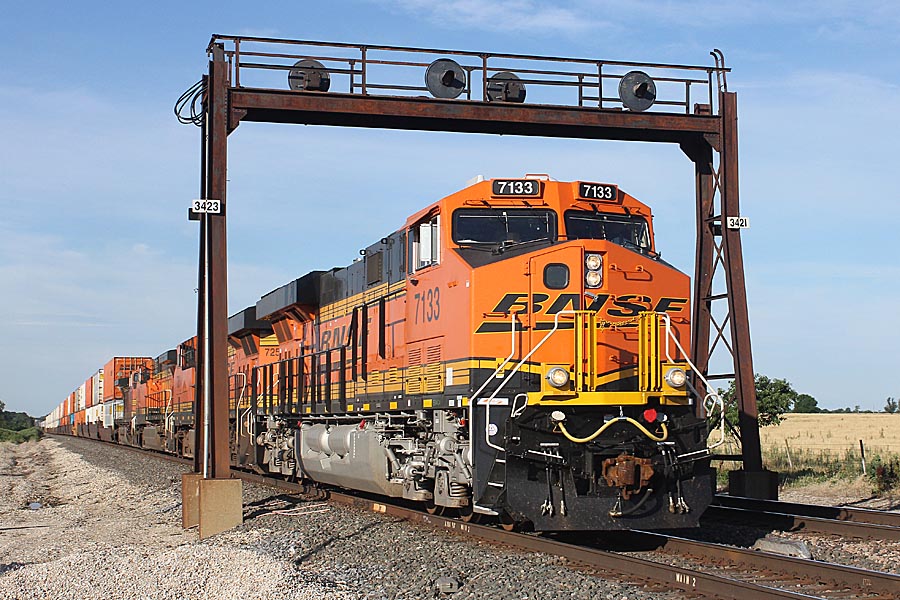

This hot eastbound BNSF Railway “Z train” is seen near Bucklin, Mo., on July 28, 2013. The searchlight signals are a hallmark of the former Santa Fe route. Photo by Russell J. Lyon […]
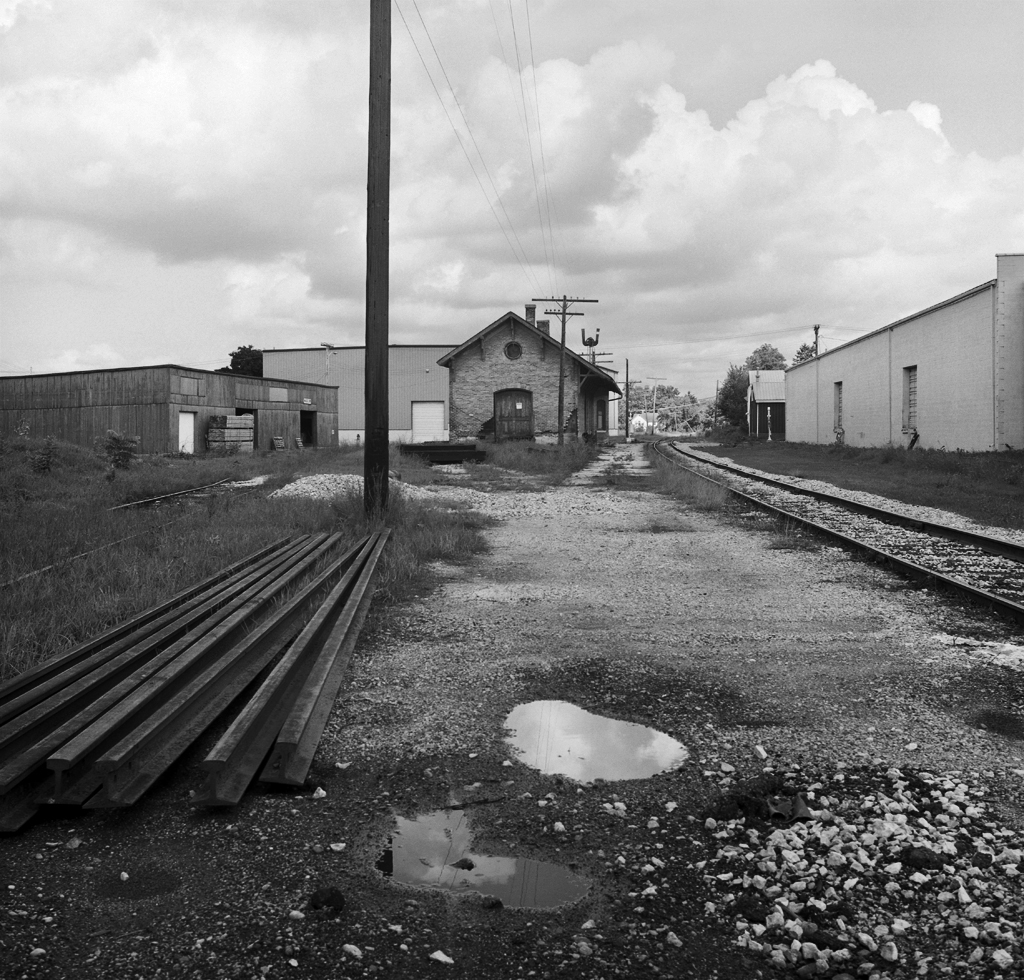
FULL SCREEN David Plowden Milwuakee Road right-of-way, Waterloo, Wis., 1980 FULL SCREEN Aviva Gellman Wisconsin & Southern right-of-way, Waterloo, Wis., 2013 FULL SCREEN Aviva Gellman Wisconsin & Southern tracks and switches. FULL SCREEN Aviva Gellman Detail of warehouse in Waterloo, Wis., built after 1980, that replaced an older structure in Plowden’s original photo. FULL SCREEN […]
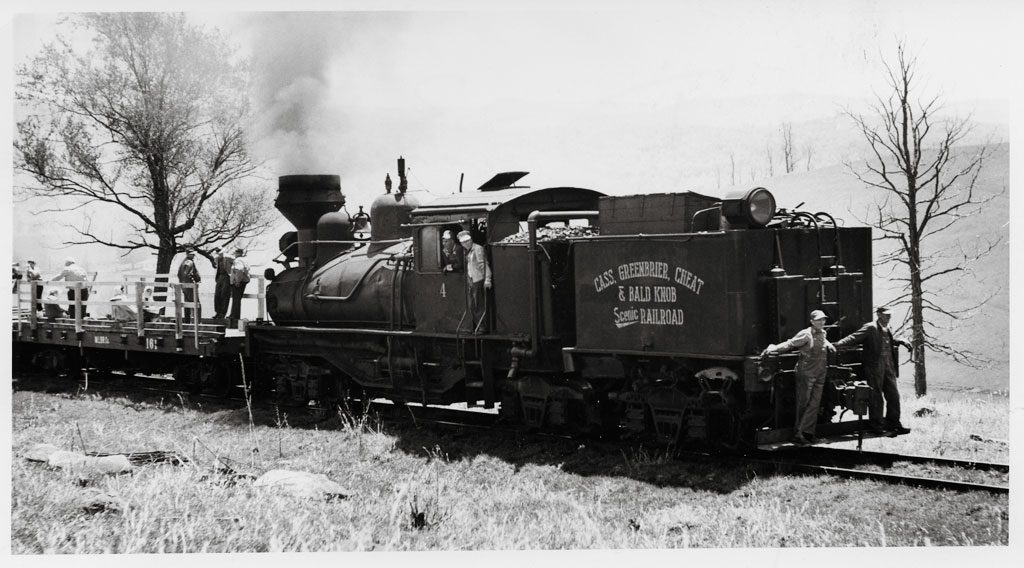
Shay No. 4 of the Cass, Greenbrier, Cheat and Bald Knob Scenic Railroad backs between switchbacks on the railroad in transition from logging railroad to tourist line. Today this is the Cass Scenic Railroad, and it celebrates its 50th anniversary in 2013. Check out more Cass and West Virginia coverage in the August 2013 […]
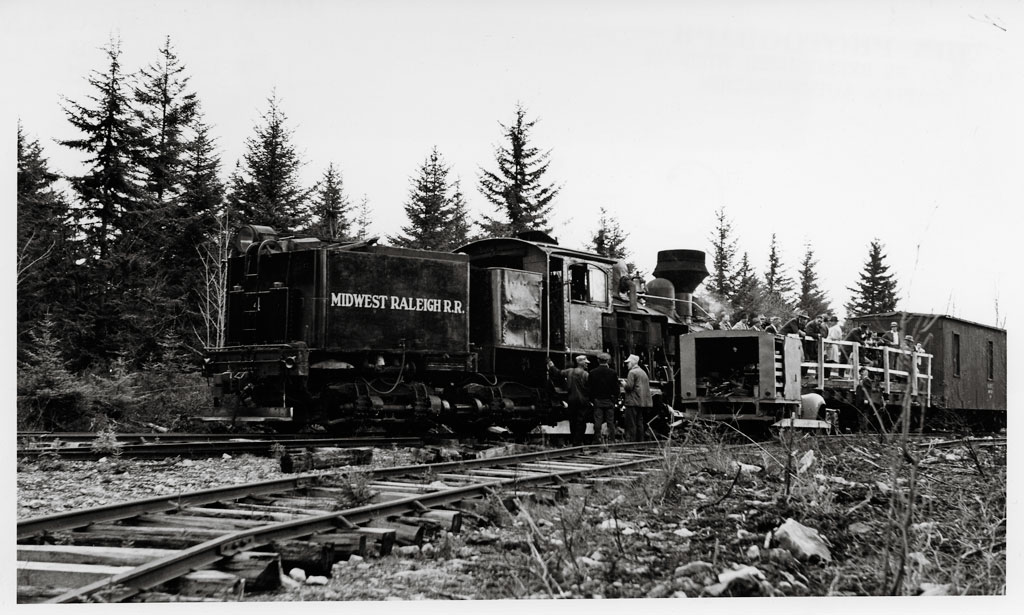
With Cass Shay No. 4 lettered for the scrapper that was dismantling the railroad, a governor’s special visits the wye located at Camp One on Bald Knob on April 23, 1961. Check out more Cass and West Virginia coverage in the August 2013 issue of Trains magazine. Photo by John P. Killoran […]
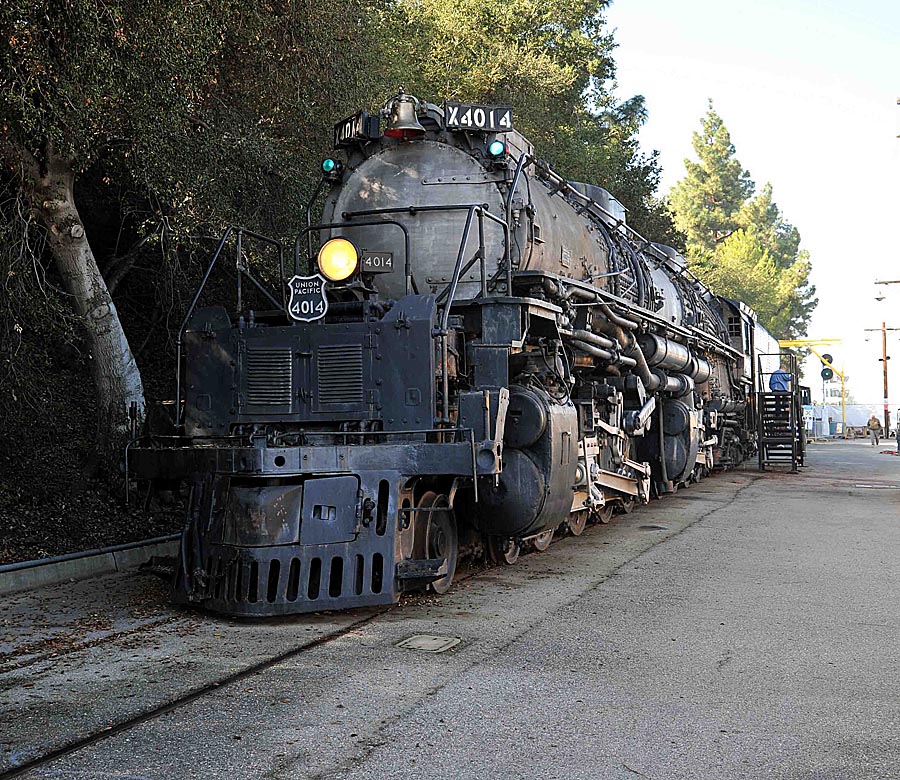
No. 4014 at Pomona David Lustig OMAHA, Neb. – Union Pacific confirms today it will purchase and restore a 4-8-8-4 Big Boy steam locomotive. The railroad has reached an agreement with the Southern California Chapter of the Railway & Locomotive Historical Society in Pomona, Calif., to transfer ownership of No. 4014 back to Union Pacific. The […]
It’s not often you get to see railroad history in the making, but these video clips of Norfolk Southern intermodal trains in the Blue Ridge Mountains show just that. You’ll be watching trains 201 and 202, which started running in January of 2013 between Memphis and the Northeast on the Crescent Corridor. This new corridor […]
[…]
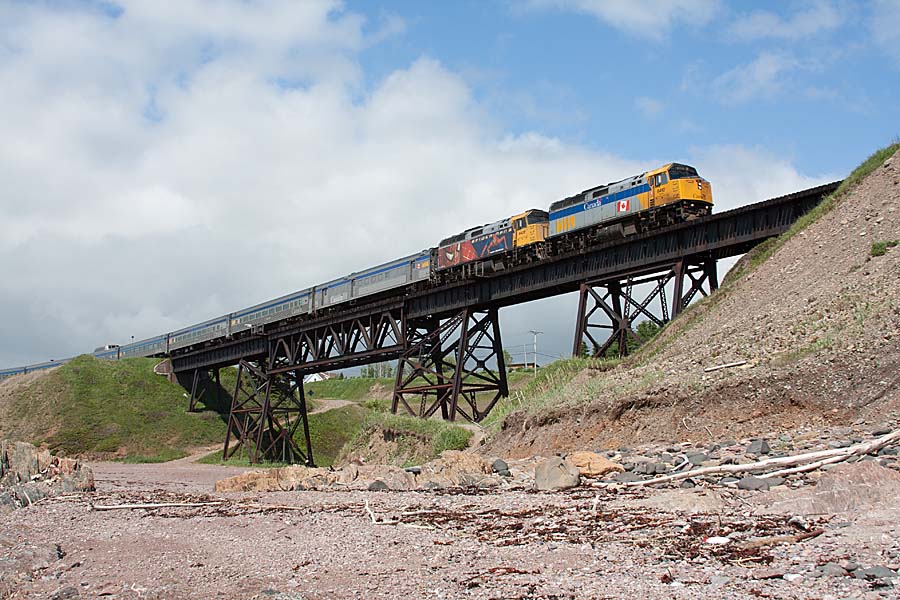
VIA Rail Canada F40PH-2s Nos. 6410 & 6408 lead the eastbound Chaleur just west of St. Thérèse de Gaspé, Quebec, on June 28, 2008. Photo by Thomas Mik […]
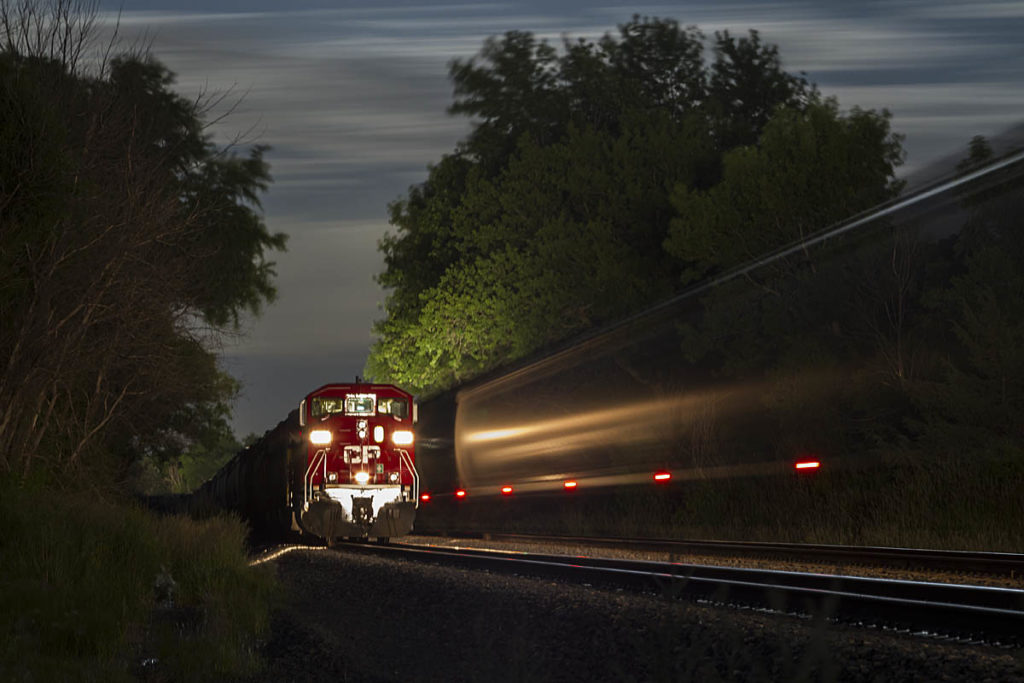
Canadian Pacific train No. 493 meets opposing traffic at Reeseville, Wis., on June 14, 2014, as the last light disappears from the sky. Photo by Matt Krause […]

New England Central GP38-2 No. 3850 leads a southbound local on the Palmer Subdivision through Windsor, Vt., on May 10, 2013. Photo by William Gill […]
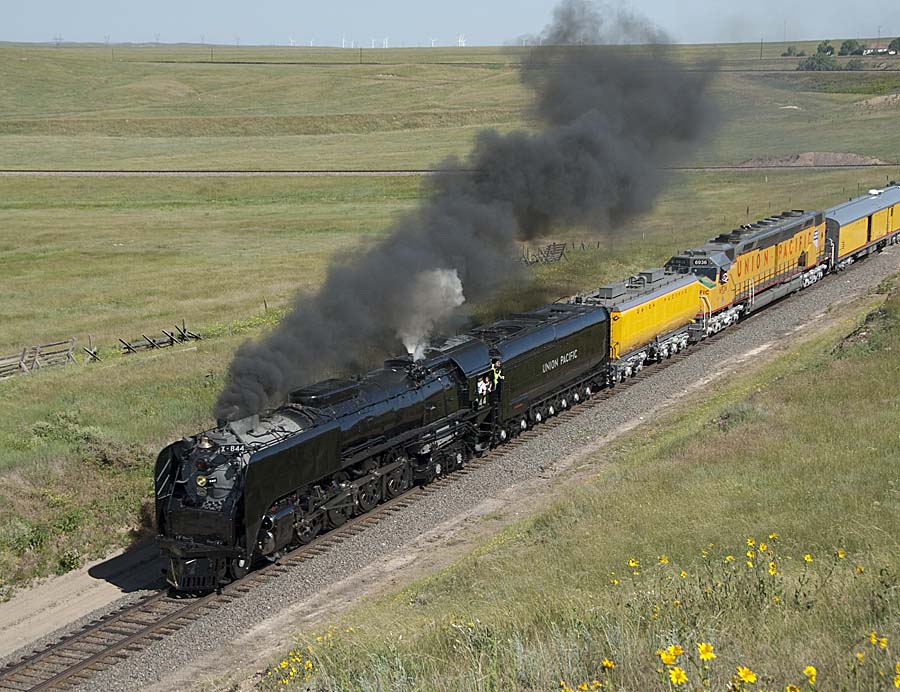
Nos. 844 and 6936 pull a 2009 “Frontier Days” excursion near Speer, Wyo. Chip Sherman CHEYENNE, Wyo. – Union Pacific 4-8-4 No. 844 and “Centennial” DDA40X No. 6936 will pull a special train for the “Denver Post Cheyenne Frontier Days” and a fundraising special for the Cheyenne Depot Museum this month. No. 844 will lead […]
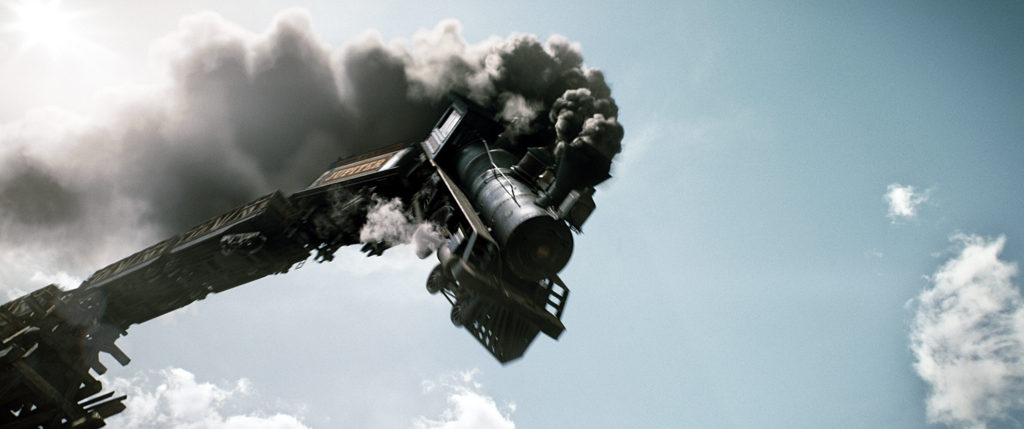
FULL SCREEN Courtesy: Disney-Jerry Bruckheimer Productions FULL SCREEN Courtesy: Disney-Jerry Bruckheimer Productions FULL SCREEN Courtesy: Disney-Jerry Bruckheimer Productions Courtesy: Disney-Jerry Bruckheimer Productions The Lone Ranger, the timeless legend of radio and screen, is retold by Disney and Jerry Bruckheimer this summer in an over-the-top, in-your-face movie about the dynamic duo of the Old West. The […]